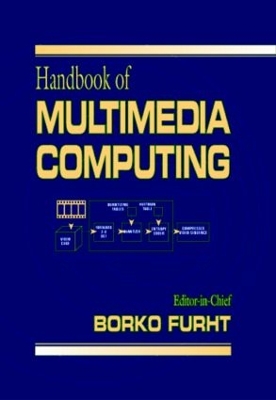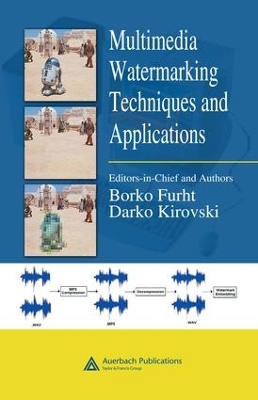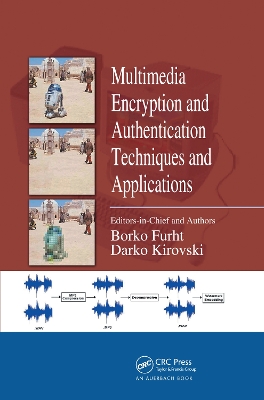Internet and Communications
1 primary work • 3 total works
Book 5
Multimedia computing has emerged as a major area of research. Coupled with high-speed networks, multimedia computer systems have opened a spectrum of new applications by combining a variety of information sources, such as voice, graphics, animation, images, audio, and video.
Handbook on Multimedia Computing provides a comprehensive resource on advanced topics in this field, considered here as the integration of four industries: computer, communication, broadcasting/entertainment, and consumer electronics. This indispensable reference compiles contributions from 80 academic and industry leaders, examining all the major subsets of multimedia activity.
Four parts divide the text:
An indispensable reference, Handbook on Multimedia Computing covers every aspect of multimedia applications and technology. It gives you the tools you need to understand and work in this fast-paced, continuously changing field.
Intellectual property owners must continually exploit new ways of reproducing, distributing, and marketing their products. However, the threat of piracy looms as a major problem with digital distribution and storage technologies.
Multimedia Watermarking Techniques and Applications covers all current and future trends in the design of modern
Multimedia Encryption and Authentication Techniques and Applications
by Borko Furht and Darko Kirovski
Intellectual property owners must continually exploit new ways of reproducing, distributing, and marketing their products. However, the threat of piracy looms as a major problem with digital distribution and storage technologies.
Multimedia Encryption and Authentication Techniques and Applications covers current and future trends in the design of modern systems that use encryption and authentication to protect multimedia content. Containing the works of contributing authors who are worldwide experts in their fields, this volume is intended for researchers and practitioners, as well as for those who want a broad understanding of multimedia security. In the wake of the explosive growth of digital entertainment and Internet applications, this book is a definitive resource for scientists, researchers, programmers, engineers, business managers, entrepreneurs, and investors.
Features


